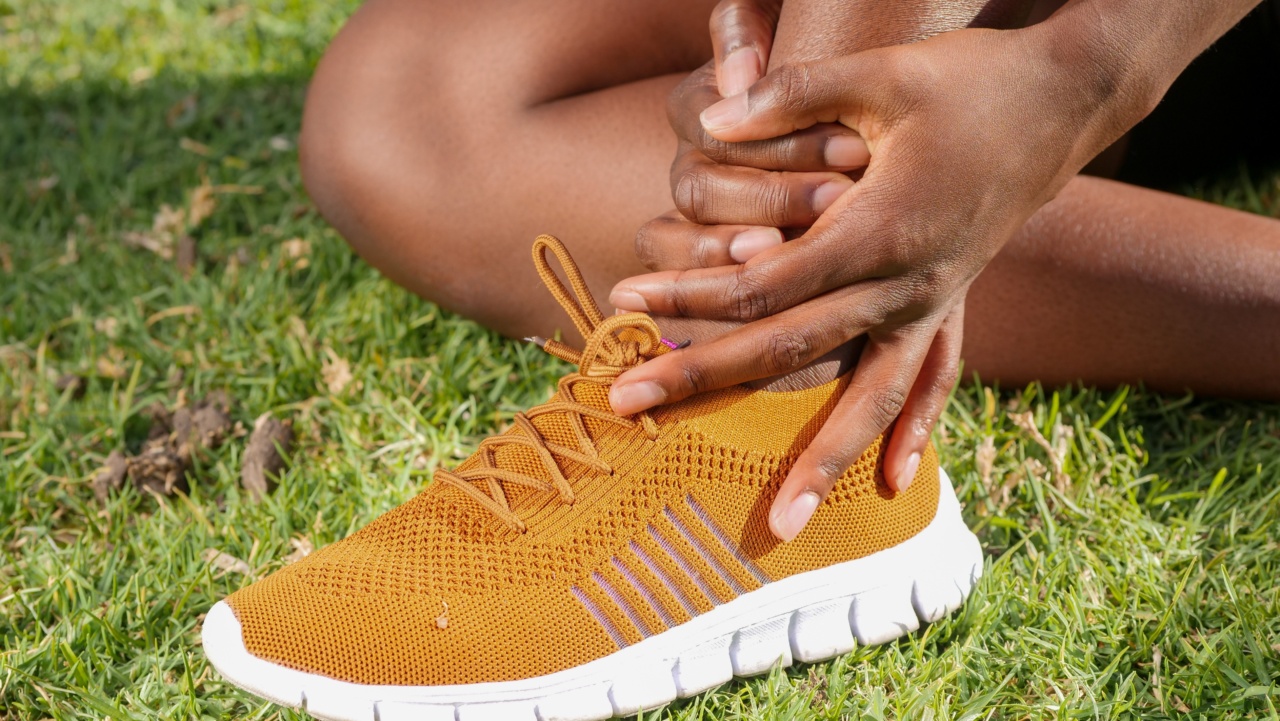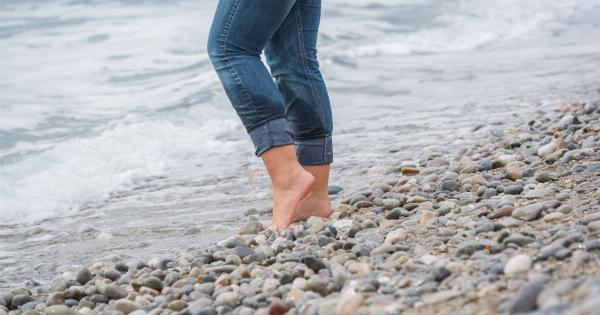Feet pain and varicose veins are common conditions that affect many individuals of all ages. While they may seem unrelated, they can sometimes occur simultaneously, causing discomfort and distress.
In this article, we will delve into the causes, symptoms, and potential treatment options for both feet pain and varicose veins, shedding light on these often misunderstood conditions.
The Causes of Feet Pain
Feet pain can stem from various causes, including:.
- 1. Mechanical Factors: Poor foot structure, improper footwear, or excessive pressure on the feet can lead to discomfort and pain.
- 2. Injuries and Trauma: Sprains, fractures, and other injuries can cause acute or chronic pain.
- 3. Inflammation and Arthritis: Conditions like plantar fasciitis, gout, and rheumatoid arthritis can result in foot pain.
- 4. Nerve Conditions: Neuropathy, Morton’s neuroma, and other nerve-related issues can cause pain and tingling.
The Symptoms of Feet Pain
Feet pain can present itself in various ways, with common symptoms including:.
- 1. Sharp or dull pain in the heel, arch, or ball of the foot.
- 2. Swelling or inflammation around the affected area.
- 3. Difficulty walking or bearing weight on the foot.
- 4. Numbness or tingling sensations.
- 5. Limited range of motion or stiffness.
Potential Treatment Options for Feet Pain
The treatment for feet pain will depend on the underlying cause and severity of the condition. Some common treatment options include:.
- 1. Rest and Immobilization: Taking time to rest the foot, avoiding activities that exacerbate the pain, and using support devices like crutches or orthotic inserts.
- 2. Physical Therapy: Targeted exercises and stretches to improve foot strength and flexibility.
- 3. Medications: Over-the-counter pain relievers, nonsteroidal anti-inflammatory drugs (NSAIDs), or prescription medications to alleviate pain and reduce inflammation.
- 4. Footwear Modifications: Wearing comfortable, well-fitted shoes with appropriate arch support and cushioning.
- 5. Orthotic Devices: Custom-made shoe inserts to provide additional support and relieve pressure on specific areas.
The Causes of Varicose Veins
Varicose veins are enlarged, bulging veins that commonly occur in the legs and feet. The primary causes of varicose veins include:.
- 1. Weak or Damaged Valves: Valves within the veins can weaken or become damaged, impeding the proper flow of blood.
- 2. Hormonal Changes: Hormonal fluctuations during pregnancy or menopause can contribute to the development of varicose veins.
- 3. Prolonged Standing or Sitting: Jobs or activities that involve long periods of standing or sitting can increase the risk of varicose veins.
- 4. Obesity: Excess weight places more pressure on the legs and veins, increasing the likelihood of varicose veins.
- 5. Family History: A genetic predisposition to weakened vein valves can increase the likelihood of developing varicose veins.
The Symptoms of Varicose Veins
Varicose veins can manifest in various ways, exhibiting the following symptoms:.
- 1. Dark purple or blue veins that appear twisted or bulging.
- 2. Aching, throbbing, or a sensation of heaviness in the legs.
- 3. Swelling, particularly after prolonged periods of standing or sitting.
- 4. Itching around the affected veins.
- 5. Muscle cramps or a feeling of fatigue in the legs.
Potential Treatment Options for Varicose Veins
Depending on the severity and specific circumstances, treatment options for varicose veins may include:.





























